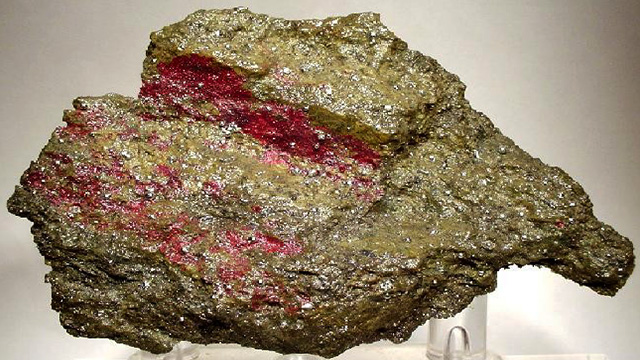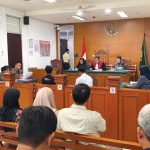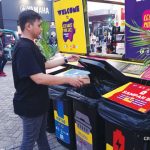Jakarta (Greeners) – After ratified the bill on Minamata Convention on Mercury, Indonesian government is setting up the National Action Plan (NAP), said a senior official, in Jakarta on Thursday (14/9).
Arief Yuwono, expert staff on foreign cooperation evaluation of Ministry of Environment and Forestry, said that Indonesia had started the initiatives and regulations on mercury since the first signing in 2013.
The action plan, Yuwono said, would integrate existing regulations and initiatives from different institutions and ministries.
“These regulations will be finalized as National Action Plan which will be legally binding, so we’re looking at the possibility of a presidential regulation,” said Yuwono adding the process should be finalized after Conference of Parties (COP) I, in Genewa, on September 24-29.
Indonesia needs to immediately ratified the Convention to take part on the meeting.
The hardest homework, he admitted, was to integrate the plan, nationally. On March 9, President Joko Widodo had instructed to revise a government regulation issued in 2001 on toxic and hazardous waste.
Three years after ratifying the Convention, the party must submitted its National Action Plan to the UN Environment secretariat.
“The action plan is not just the work of Ministry of Environment and Forestry, but lots of sectors, 13 to 14 ministries. Involved institutions, including civil societies must not be overlooked. This is a challenge because we need to integrate all action plans from each institution to set up the National Action Plan,” he said.
Mercury ban on artisanal mining
Director general of pollution control and environmental damage, Ministry of Environment and Forestry, Karliansyah, said that the Convention included phasing out mercury use on Acetaldehyde by 2018, the use of mercury on batteries, thermometers, and tensimeter by 2020 and chlor-alkali by 2025. Meanwhile, the permanent ban on mercury use for small and artisanal mining continues.
The use of mercury, Karliansyah said, is still allowed in certain amount for civilian and military protection, research, instrument calibration, reference standard, switch and relay, and cold cathode fluorescent lamp.
In 2010, an international data recorded toxic mercury emission accounts for 37 percent from small gold mining, 24 percent from fossil fuel, 18 percent from metal products, and 5-9 percent comes from cement, incinerator, and others.
In Indonesia, mercury is mostly used on small and artisanal gold mining, of which occurred in 850 areas in 197 cities/districts in 32 provinces with more than 250,000 miners.
Ministry of Environment and Forestry evaluated several places such as Poboya, Central Sulawesi, Batok Mountain, Buru Island of Maluku and Pongkor Mountain in Bogor. Mercury levels on local people’s blood samples reaching more than 20 µg/l -49,6 µg/l, meanwhile the standards from WHO is 5-10 µg/l.
“Furthermore, we tested the use of fibers or used the gravity to release gold chemical like we did in Lebak, Banten. Meanwhile, in Poboya, we are trying to shift the livelihood of local people using social forestry scheme, such as in Pongkor of which the local miners are recruited to work at Antam subsidiary,” he said.
Other efforts from the government, including in health sector which changed the use of mercury tensimeter to 30-40% non mercury tensimeter, the change of 70 percent mercury thermometer and limited mercury thermometer, ban on the use and store health equipment with mercury by Ministry of Health in seven provinces back in 2015.
In the industry sector, changed to energy saving lamps with Light Emitting Diode (LED). In gold mining industry, there’s a development on gold processing techniques without mercury, such as gravity techniques, gold smelting, leaching techniques, and other chemical processes.
“These efforts have been cross-sectoral, and these are the ones being integrated,” he said.
Reports by Danny Kosasih



















































